6 funeral notice wording examples for parents
Writing a funeral notice for your parents can be a difficult task. Read 6 funeral notice wording...
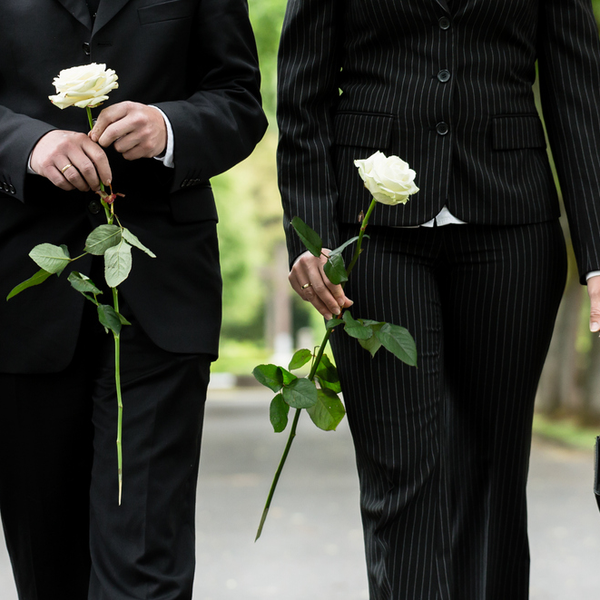
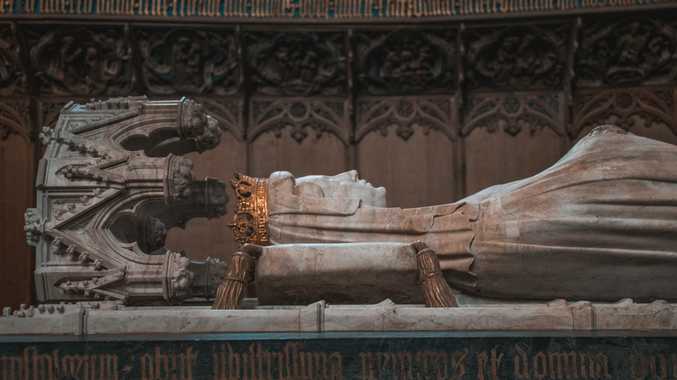
Since ancient times, royalty has been synonymous with spectacular wealth, sacred traditions and extraordinary displays of power and dominance. Around the world, these themes have echoed into the burial rituals of royal family members to this day. From the deeply mysterious to the poignant and tragic, these fascinating royal burials stand out for their significant impact on the way we view death today.

The emergence of the Quṭb Shāhī rulers in the 16th century saw the fortified citadel of Golconda in India become the capital of a rich dynasty of rulers. The royal tombs house the remains of every member of the Quṭb Shāhī dynasty (apart from two members who were exiled).
The Sultan personally oversaw the construction of the tombs in his lifetime, resulting in an immense and richly ornamented granite and plaster masterpiece in the distinctive Islamic funerary architectural style. Each tomb is adorned with a large, onion-shaped dome, with the largest tomb's dome measuring at 18 metres high. In their original glory, the tombs were adorned with luscious carpeting, extravagant chandeliers and velvet canopies on silver pillars. The Sultan's resting place was fitted with golden spires.
The Quṭb Shāhī dynasty was so revered that during their rule, any criminals that took refuge in the extravagant tombs were automatically pardoned for their crimes.
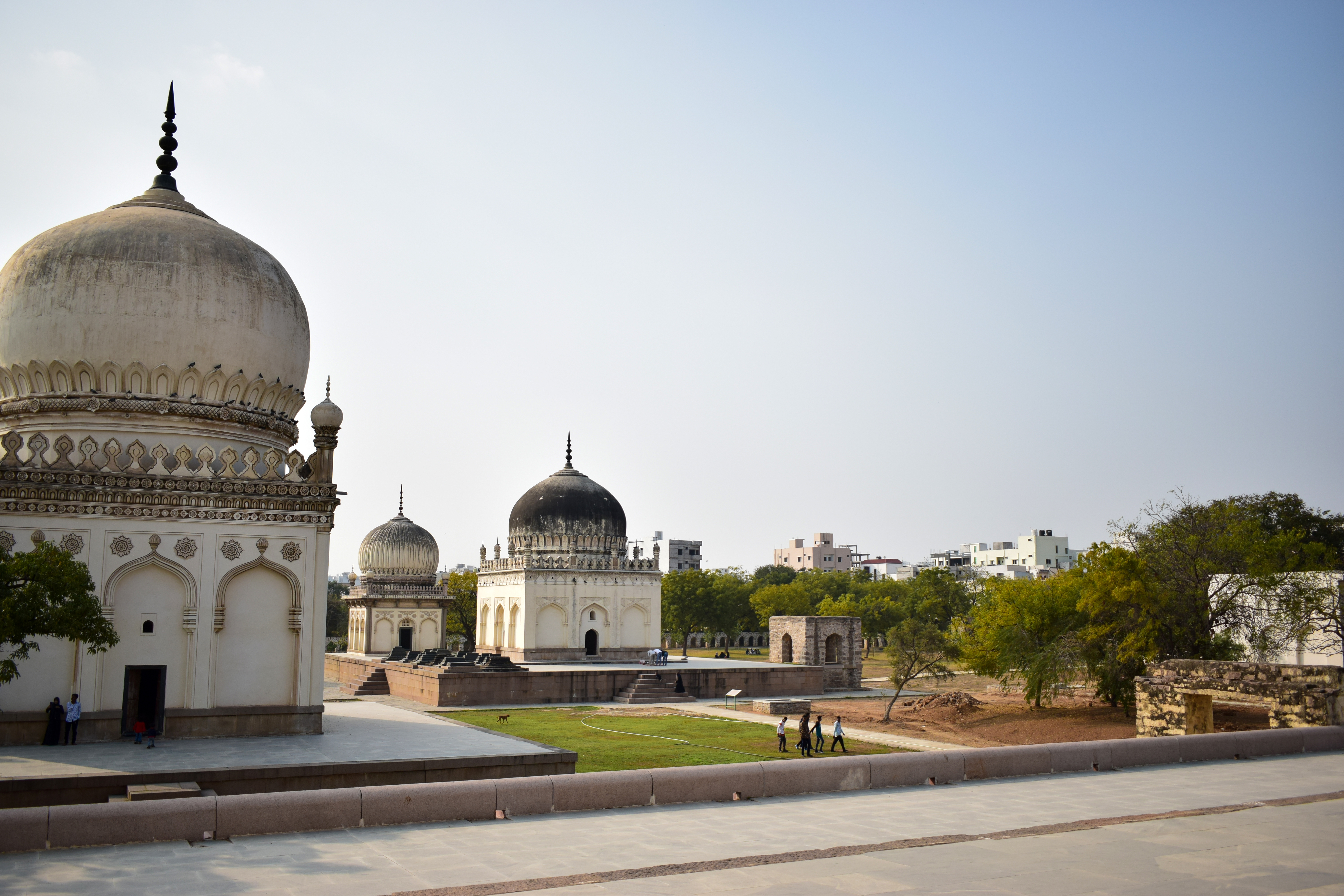
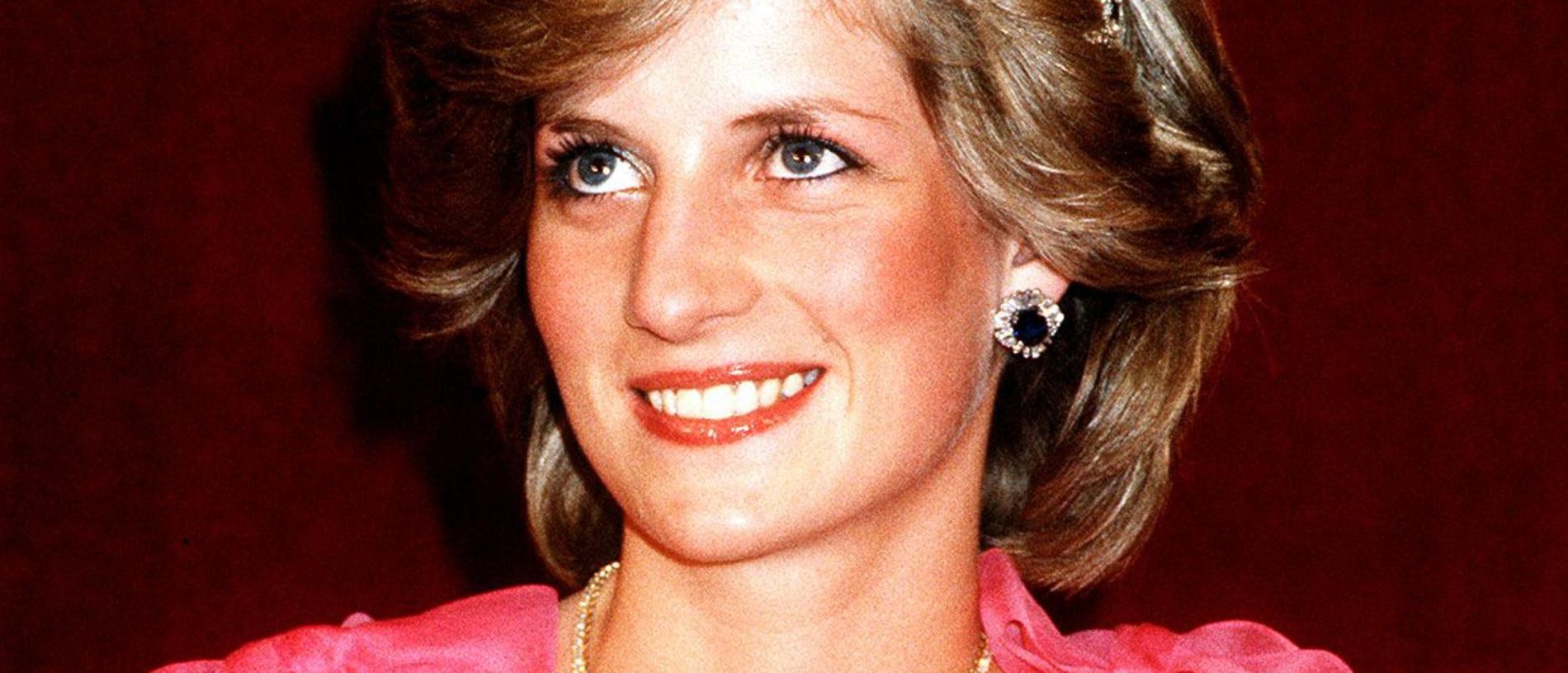
Unlike other members of the English Royal Family, Princess Diana Spencer was not laid to rest in Westminster Abbey or Windsor Castle. Princess Diana's final resting place is on an island in a lake on her family's ancestral English estate. It has often been compared to the mythical King Arthur's burial grounds said to be on an island at Avalon. From the lives of both these legendary people we have been handed down stories of triumph and tragedy, lessons of love and broken hearts, of kindness, compassion and the right to be treated with respect, no matter who you are or where you are from.
A large plaque that reads "DIANA" is proudly situated above a cameo portrait of the people's princess on the outside of the large mausoleum on the small island named "The Oval." Unlike other past royals from around the world whose gravesites are expressions of extravagance and power, Princess Diana's grave was chosen by her brother as he believed it was the most peaceful and safest place for her to be laid to rest, and it's beauty and tranquility matched her own. Fans of the "Queen of Hearts" flock to the gravesite to pay their respects to this day.


In the African city of Gao, South of the Sahara Desert, alongside the Niger River sits the UNESCO World Heritage site, the Tomb of Muḥammad I Askia, the first Songhai emperor. On his first pilgrimage to Mecca at the end of the 1400's, the emperor is said to have used thousands of camels to carry back the earth and wood he would need to build his tomb. The dramatic, 17 metre pyramid bears witness to the power and riches of the Islamic empire that was flourishing at the time.
The West-African tradition of mud-buildings and the North African and Islamic influences combine to create the ever-evolving structure that contains two mosques, a cemetery that houses a number of the emperor's descendants and an assembly ground. The impressive complex is a significant monument to the pre-colonisation history of Africa, and it's imposing design, characterised by large wooden protrusions covering the pyramid, make for a unique and culturally rich resting place for the emperor.

Arguably one of the most intricate and culturally significant burial sites and archeological discoveries of all time, the Mausoleum of the First Qin Emperor is a sight to behold indeed. Near Xi'an in the Shaanxi Province in China, the famous Terracotta Army is just a small part of the largely untouched mausoleum.
The final resting place of Emperor Qin Shihuang is adorned with thousands of near life-sized, hand-crafted, terracotta figures of warriors, chariots, horses, weapons and more. It's said that the army was designed to protect the mausoleum and the Emperor himself and his glory in the afterlife. Each warrior was unique, from facial features to clothing to the weapons they held, and some historians believe that they were modelled on the real warriors of the emperor's army. The impressive collection continues to represent the glory of the people of China, as it attracts tourists from all over the world to marvel at the intricate display.
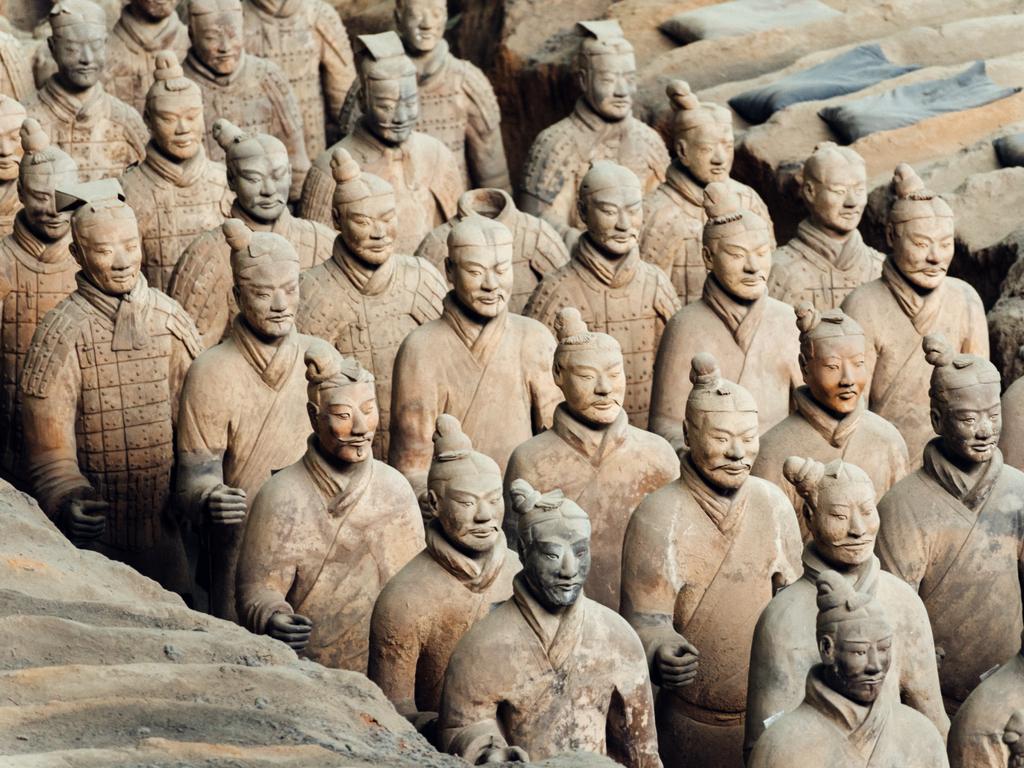

The elaborate imperial tombs nestled on the banks of the Perfume (Huong) River in Vietnam were always intended as more than just a final resting place. The tombs were also a secondary palace, where the emperor could entertain guests.
Each tomb in the Imperial City is reflective of the emperor that was laid to rest there, as they were built in their lifetimes, from the magnificent yet simple style of the founder of the Nguyen dynasty in 1802, Gia Long, to the more elaborate and decadent tomb of Tu Duc. However, Tu Duc's body and his treasure were buried at a secret site, and not in his specially designed tomb. The monuments tell the story of the royal history of Vietnam, including the French Colonisation as reflected in the unharmonious tomb of Khai Dinh.
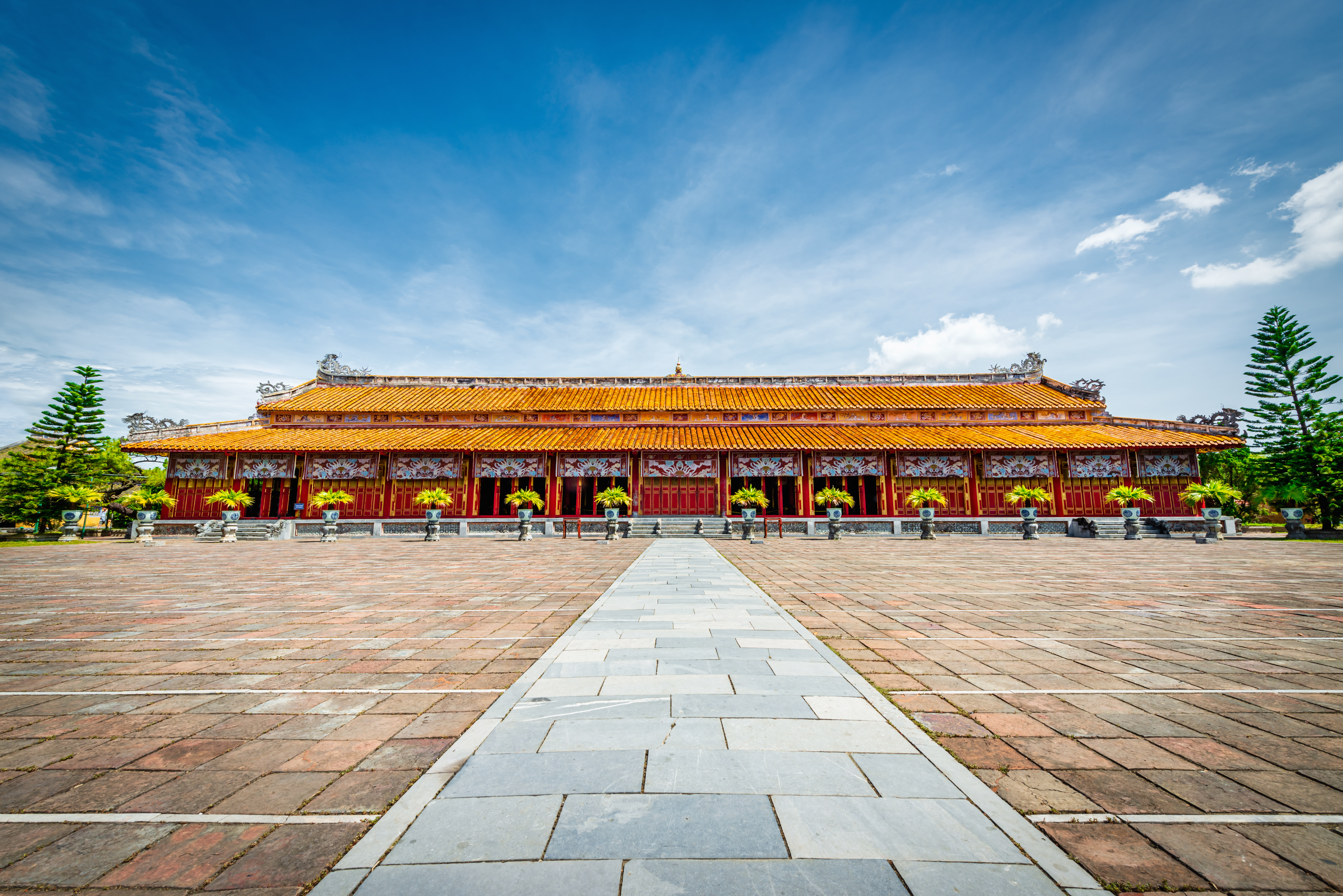
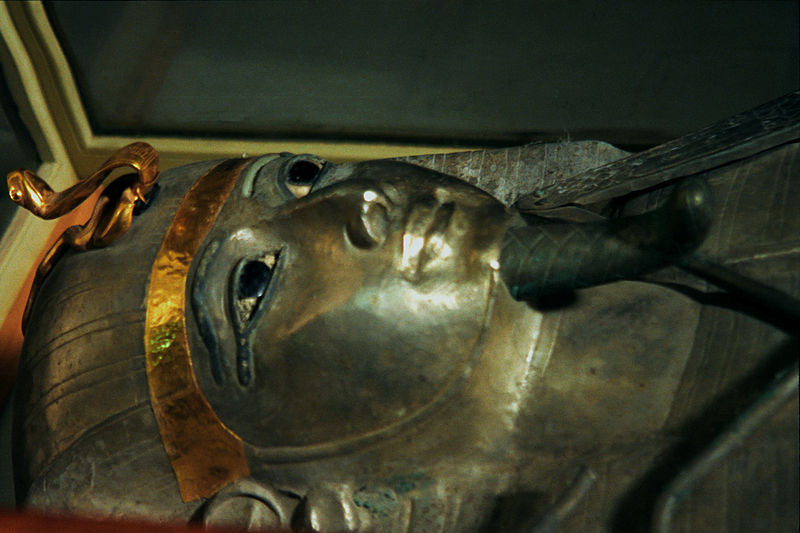
While the Egyptian tombs have become the benchmark for elaborate and historically rich burial methods in recent years, there are none so extraordinary and extravagant as the Tomb of the Silver Pharaoh.
The relatively unknown Pharaoh Psusennes of the 21st Dynasty was laid to rest in a sarcophagus made of solid silver, laden with intricate, beautiful detailing, and with his face covered with a burial mask made of magnificent gold. His tomb was also adorned with spectacular jewels and treasure that dazzled it's finders. The discovery of the impressive tomb redefined historian's preconceived calculations of just how much power and wealth the ancient Egyptians possessed around the time that Psusennes sat on his throne.
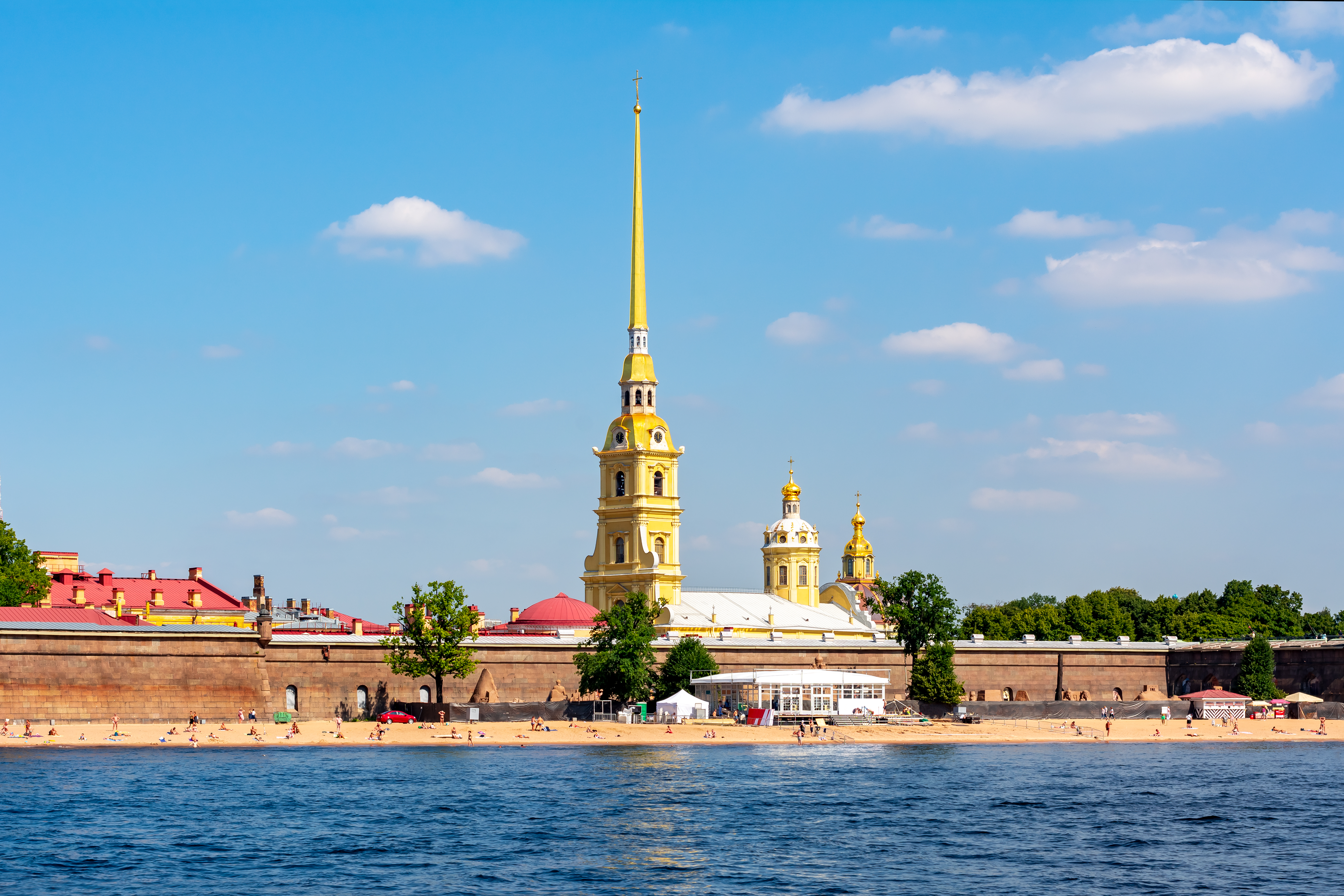
The Cathedral that houses the remains of the Romanov Dynasty, and it's next-door neighbour that houses the "lesser Romanov's", the Grand Ducal Mausoleum, stands as an imposing and grandiose monument to one of the most ostentatious and scandalous families of all time. Located in Saint Petersburg, Russia, the imperial tombs house nearly every tsar in the dynasty, as well as many of their family members, in beautiful, white marble coffins adorned with gilded bronze crosses, with double-headed eagles marking the tombs of the Tsars. There are two exceptions to these uniform coffins, with Alexander II and his wife Maria Alexandrovna's coffins being constructed of grey-green Altai jasper and pink Ural rhodonite respectively.
Posthumously, the Romanov family was reunited, with the remains of Emperor Nicholas II, Empress Alexandra Fyodorovna and their children, Grand Duchesses Tatiana, Olga and Anastasia and the remains of Empress Maria Feodorovna, mother to Nicholas II, all being moved to the cathedral within the past 25 years. The cathedral pierces the sky with a large spire atop it's bell tower, with an angel holding a cross at its peak, standing as an important symbol of the rich history of Saint Petersburg and Russia as a whole.
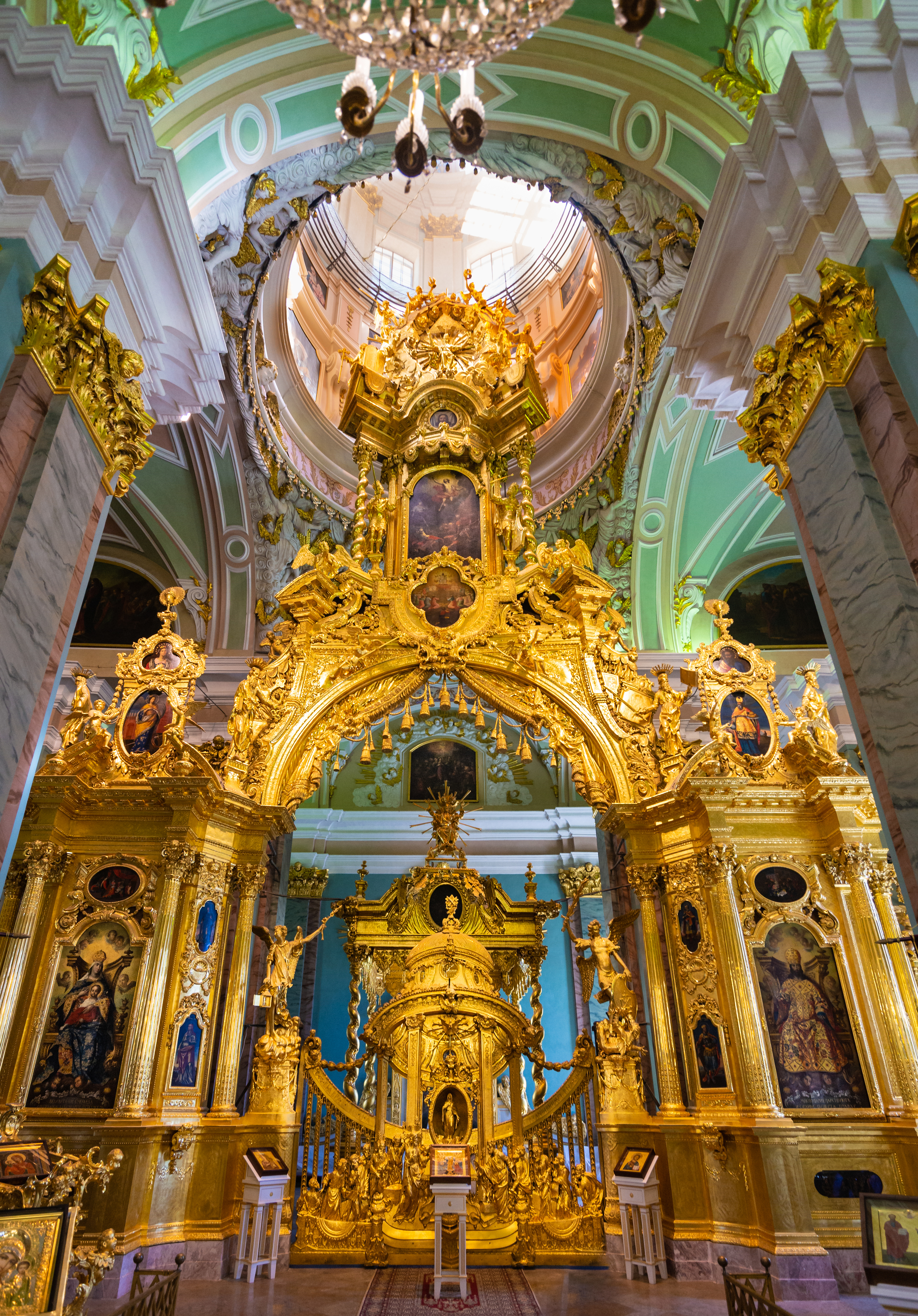

Considered to be the most important architectural monument of the Spanish Renaissance, El Escorial is a perfect harmony of architecture, paint and sculpture, combining to create an ethereal splendor to house the remains of the Spanish Kings. Constructed between 1563 and 1564, King Phillip II conceived the project as a burial site for his father, the Holy Roman emperor Charles V, and as a palace, Hieronymite monastery, library, college and beautiful, expansive, landscaped gardens. While there have been many changes over the years, including the construction of the Royal Pantheon in the 17th century, and changes due to fire and pillage, the building has retained its uniformity.
Inside, the Royal Pantheon houses 26 gold and marble tombs with gleaming nameplates that house nearly every Spanish monarch since the 16th century, with the tomb due to be full after the burial of the grandparents to the current King of Spain, Felipe VI. Interestingly, there are several rooms attached to the tomb, including one that is designed to allow bodies to decompose before they enter their final resting place in the Royal Pantheon, accessible only by secret passageway for the monks of the Escorial monastery.

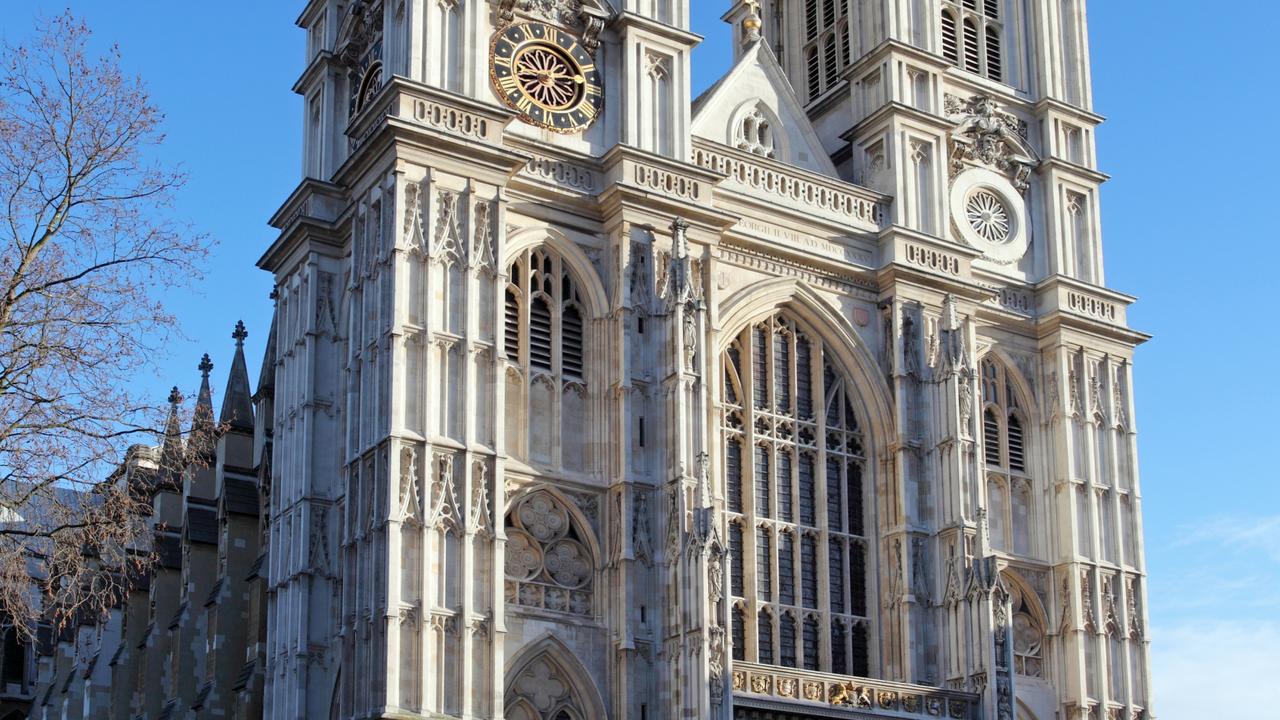
One of the most famous burial sites in the world, Westminster Abbey, first began construction in modern-day London, England in 1245 under the rule of King Henry III. While the abbey is the final resting place of 17 monarchs, including Queen Elizabeth I and Mary, Queen of Scots, more than 3,300 people are buried there, with many others commemorated with symbolic memorials to outstanding British subjects, including Sir Isaac Newton and William Shakespere. King George II was the last king to be buried in the abbey in 1760, with all others since being laid to rest at Windsor Castle.
Westminster is a testament to the excellence and longevity of the British monarchy and their subjects, with its tall bell towers casting a shadow over the River Thames, standing proud as part one of the most famous skylines in the world. It's imposing interior is crowded with the memorials to great men and women, and it's intricate and beautiful detail has formed a backdrop to some of the most significant weddings in modern times, including Queen Elizabeth II and Prince Phillip, Duke of Edinburgh, and more recently the Duke and Duchess of Cambridge, Prince William and Catherine.


The unique and medieval Roskilde Cathedral in Denmark houses the remains of almost 40 kings and queens, including the Viking Kings, Harold Bluetooth, who died in 985 and his son, Sweyn Forkbeard, Conqueror of England, who died in 1014. The grounds had housed churches for more than a thousand years before Bluetooth laid the first plank in the wooden cathedral.
The Cathedral that stands today began construction by brick in 1170, and is one of the earliest examples of gothic architecture in Northern Europe. Monarchs continue to be laid to rest in the cathedral, with the most recent addition being a monument for the current Queen of Denmark, Margarethe II, who is 80 years old. The coffins inside the cathedral are intricately decorated in gold, silver, marble and more, but their styles vary throughout the ages, with each telling a story of the monarch buried within.
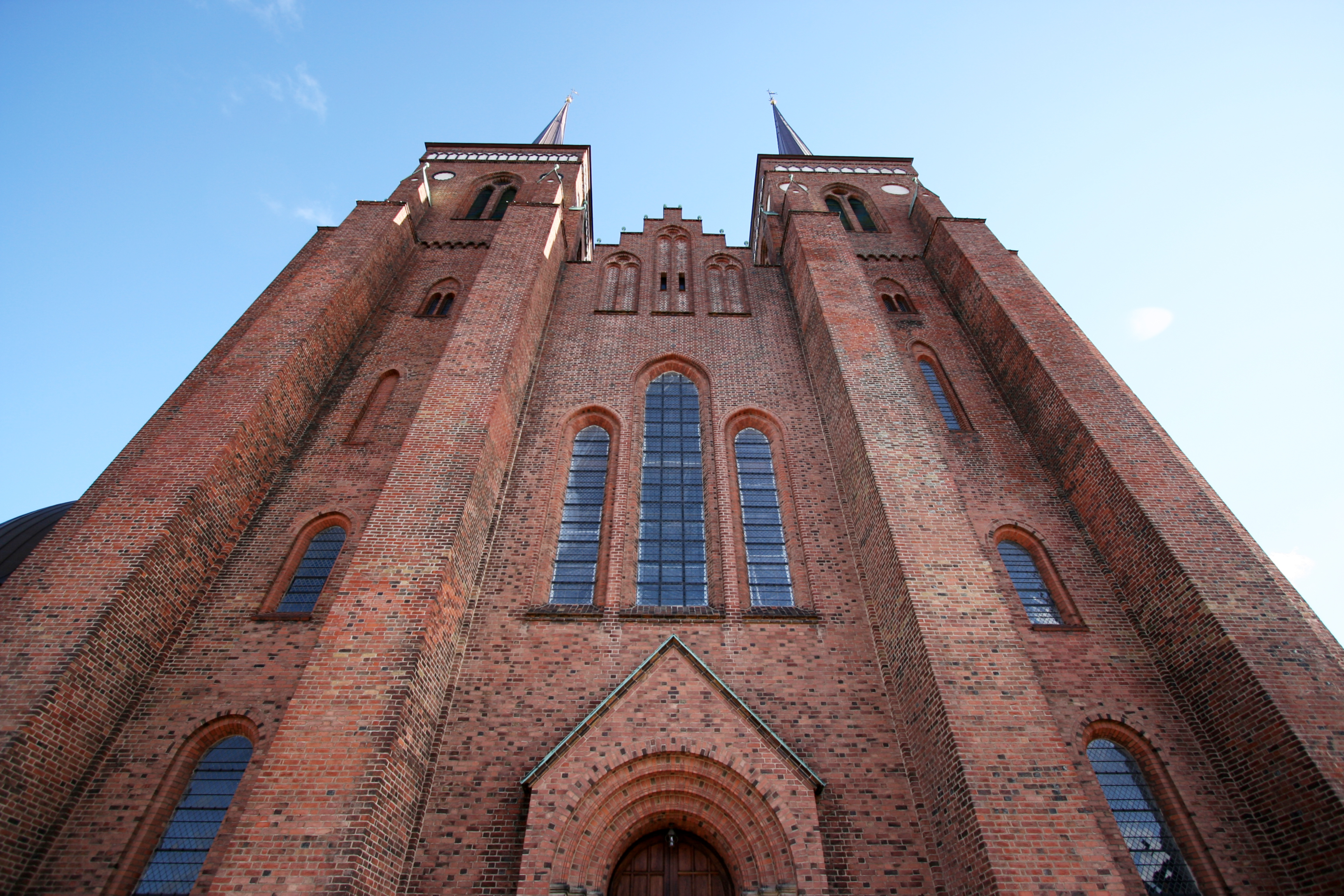
While all of these royal burials are vastly different and elaborate in their own ways, they teach us one important lesson. Funerals and the act of burial is the final time that people get to say goodbye to the deceased, and the way that we celebrate and remember people's lives can be as unique and memorable as they were.
By Claudia Slack
Thank you to Mary Arnold and Sophie Robertson for your contribution to this story.
Sources: